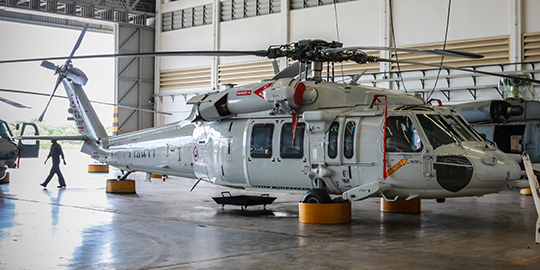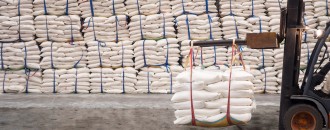
India keen to boost helicopter industry
Even though the ever growing Indian civil aviation industry offers huge potential, the commercial use of helicopter services is yet to become viable due to lack of infrastructure and regulatory measures, say experts. Industry leaders say that India’s civil aviation market is among the fastest growing in the world and several companies are looking to invest in the sector. However, since the first civil helicopter was flown in India in 1953, there hasn’t been a substantial growth in its fleet. Today, India has just about 280 civil registered helicopters, which represents less than 1% of approximately 35,000 helicopters worldwide. The country has only 76 commercial chopper operators. “In India, we have 1 helicopter for 2.8 million people. Since we are talking about intra-state connectivity for the country’s helicopter market growth, we would need more than 1,200 helicopters to cover each district. It would require hundreds and thousands of crores,” B P Sharma, Chairman & Managing Director of Pawan Hans Limited, said at an international conference on civil aviation and tourism held in New Delhi last week. The number of helicopters meant for non-defence use in India is less than that of Switzerland. Sao Paulo, Brazil’s financial city, which is similar to New Delhi and Mumbai, has approximately 800 helicopters. Pawan Hans Helicopters Ltd. operates the largest fleet in India. While the number has reached nearly 300, it has seen decline in the last two years, majorly due to high operational cost and regulatory bottlenecks. With its growing demand for multifarious use, i.e. travel, medical emergency, disaster management, and agriculture, there is a detailed plan to develop helipads and heliports across the country. “For building infrastructure like, helihub, heliport, and helipad, approximately Rs.30,000 crore will be spent. There is a very good scope for a public private partnership to come together and invest in the huge market of helicopter aviation,” he added. In India, operating a helicopter is a costly affair. Aviation Turbine Fuel (ATF) attracts high fuel tax, and there are radio navigation facility charges; passenger service fee, landing, and parking, which add to the existing pricing woes. Importing spare parts from other countries attract high custom duty. In addition, there is a shortage of manpower, i.e. pilots and engineers in the country - nearly 80% of pilots are from the armed forces. When asked about using helicopters for emergency, such as heart transfer and disaster management, Ashok Gajapati Raju Pusapati, Union Minister of Civil Aviation, said, “Till now helicopter usage in our country has been very limited. Recently, we deployed helicopters in the rescue mission at Kashmir floods. We are doing well on disaster management. In fact, aviation in India is a scope for improvement, and we have to look in that direction.” Recently, the Ministry of Civil Aviation had laid out a five-year strategy to bolster India’s helicopter segment.
August 31, 2015 | 4:23pm IST.






 to success.
to success.